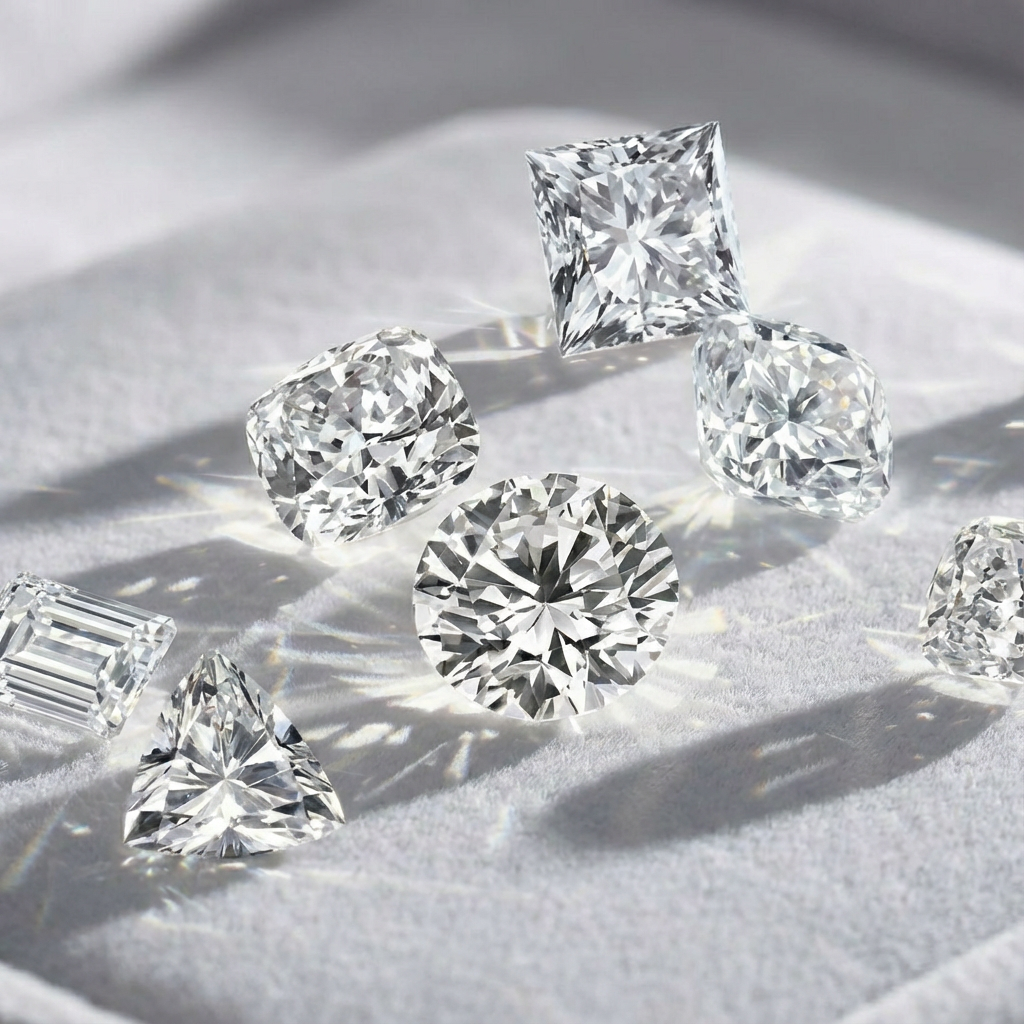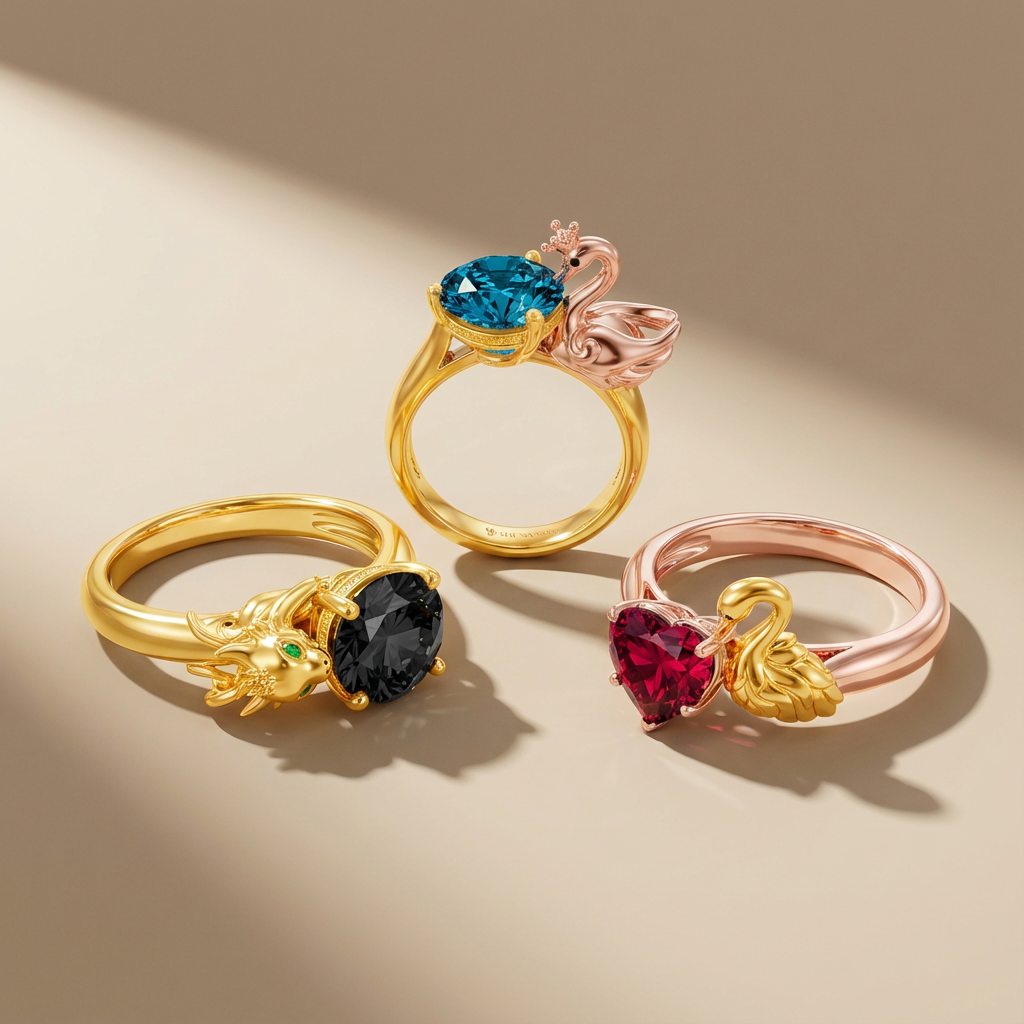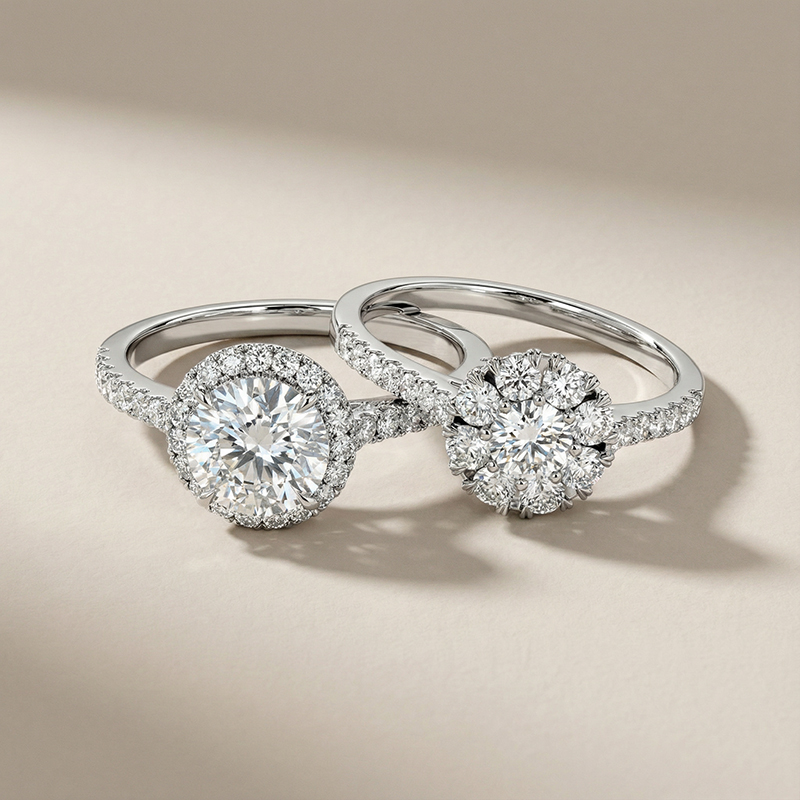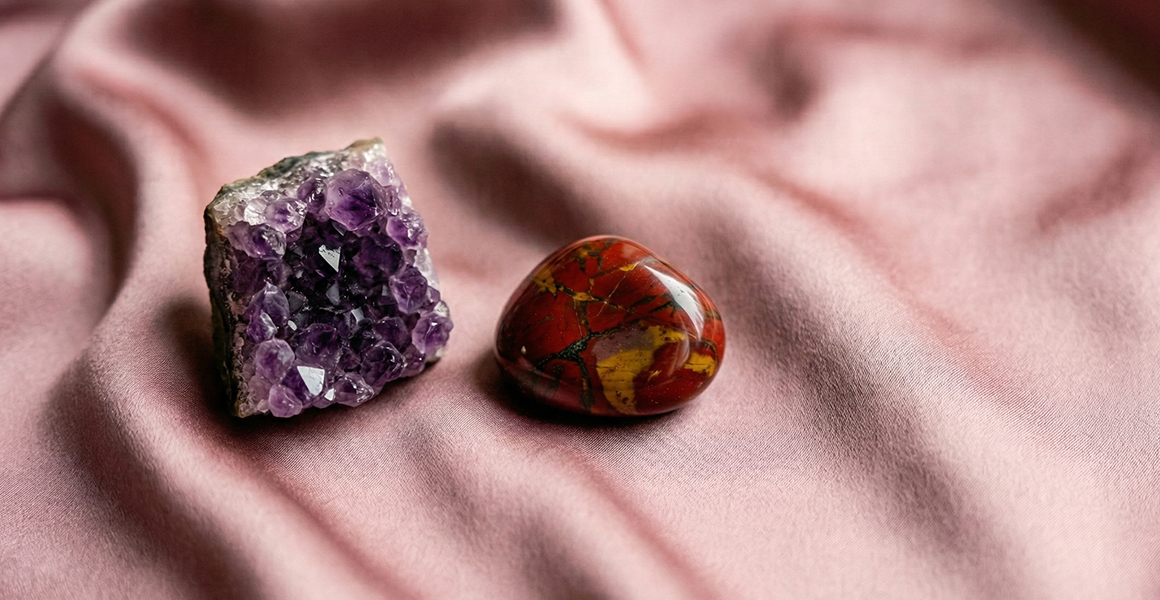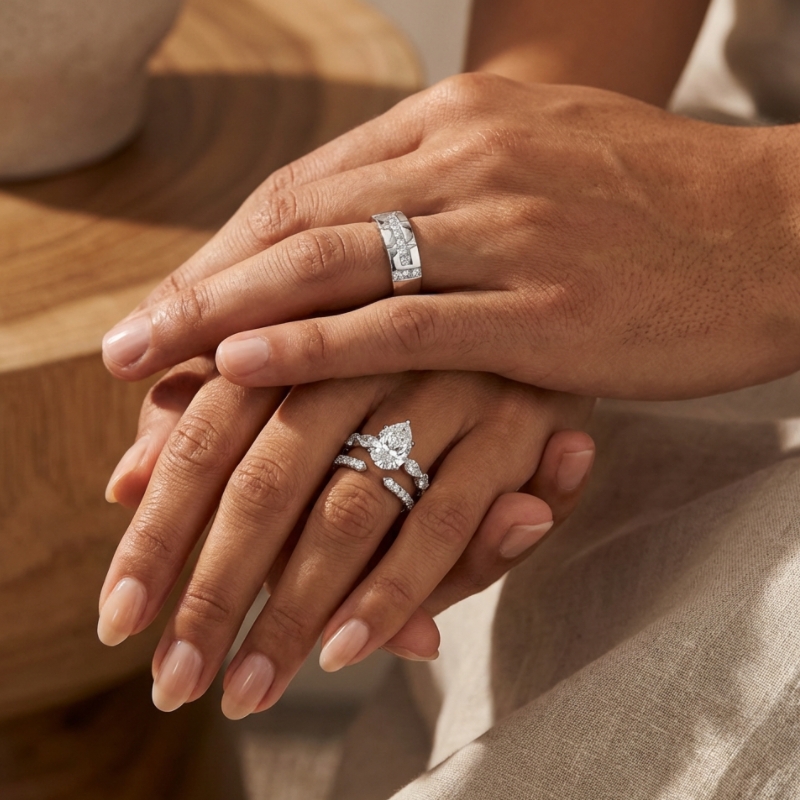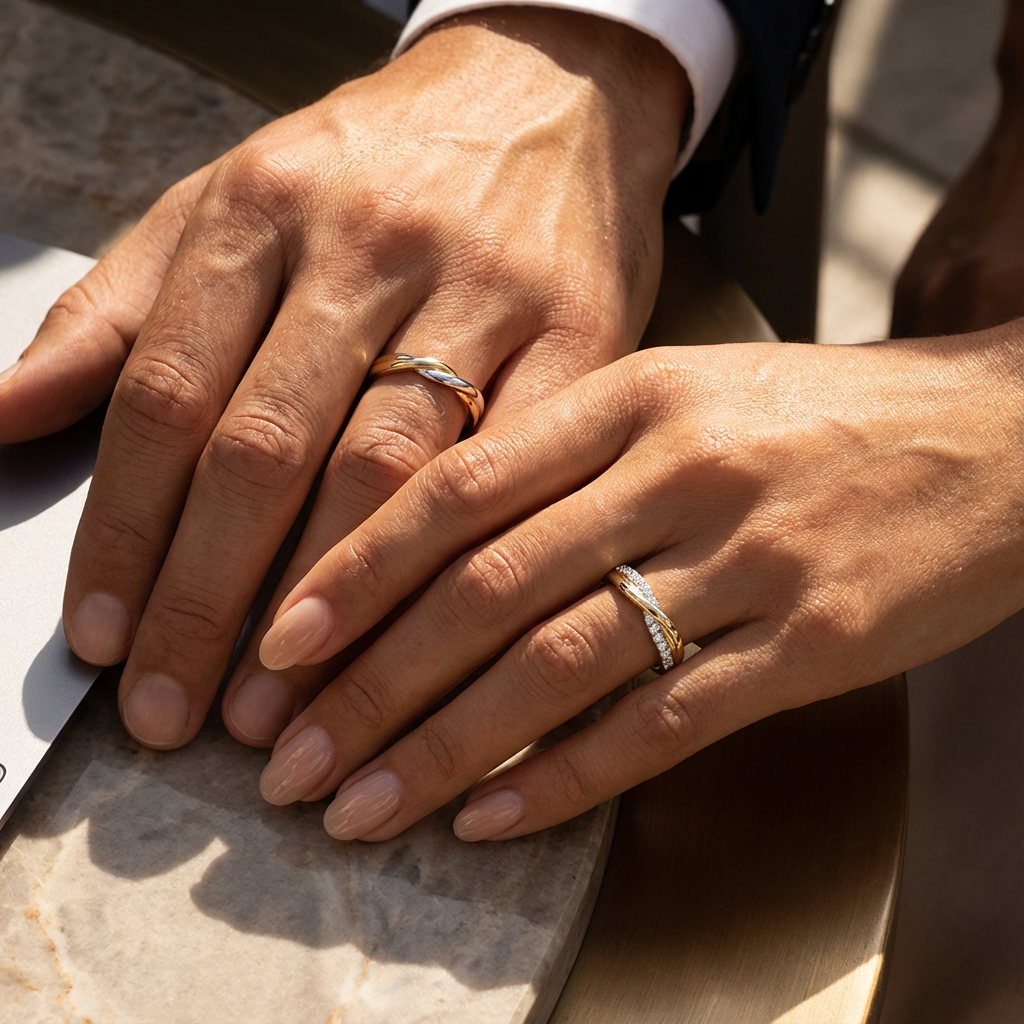Topaz comes in a magnificent array of colors, from soft pastels to vibrant hues. Nature endows this durable gemstone with a colorful palette achieved through tiny variations in its crystal composition. Today, we will explore six different topaz's rainbow of tints. Each possesses its own distinguishing elements that make it a unique and beautiful expression of this versatile gem.
Imperial topaz
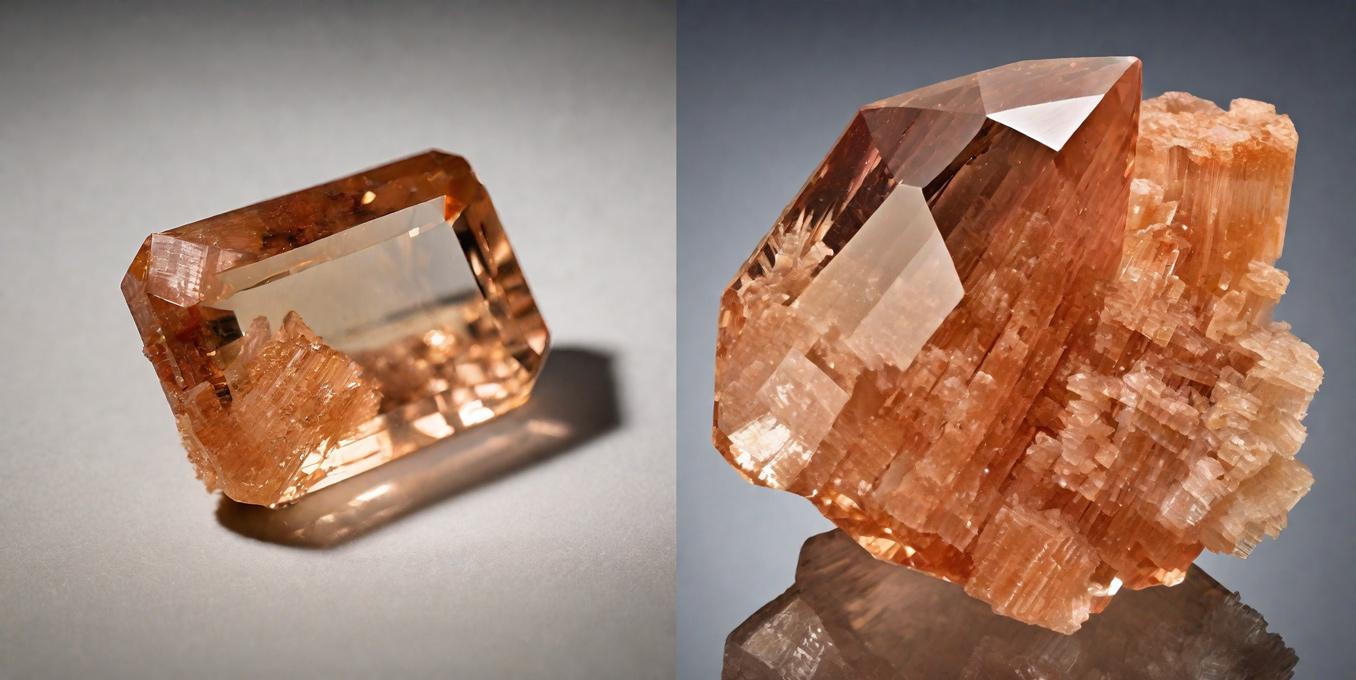
Imperial topaz showcases topaz at its most splendid, wearing rare tints of blue, blue-violet, or pink. Found primarily in Brazil and Pakistan, imperial topaz derives its vivid colors from trace chromium. Besides, the degree of color saturation varies within a single stone, creating an interplay of pale and rich hues. Wearing an imperial topaz is a luxury because these gems are precious due to their scarcity and ethereal beauty.
Sherry Topaz
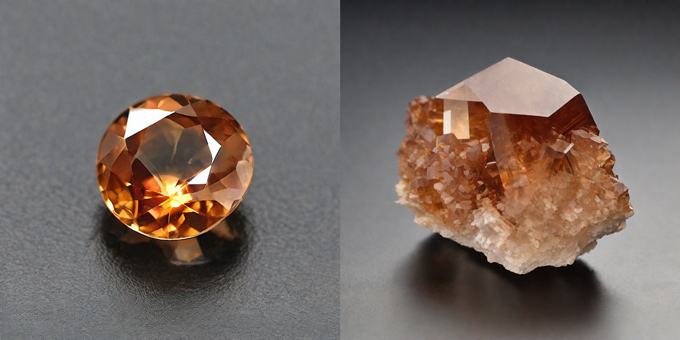
Sherry topaz draws its name from the gorgeous amber and brown hues found within its crystals. Tones ranging from pale straw to rich mahogany are reminiscent of the color spectrum observed in quality aged sherries. Meanwhile, striations of contrasting lighter and darker stripes, in turn, create unique layered patterns in each gemstone. When viewed together, the layers showcase gradients reminiscent of the complex hints of gold, caramel, and oak found in fined oloroso and amontillado wines. Moreover, The subtle color variations also give each topaz visual interest and one-of-a-kind distinction.
Golden Topaz
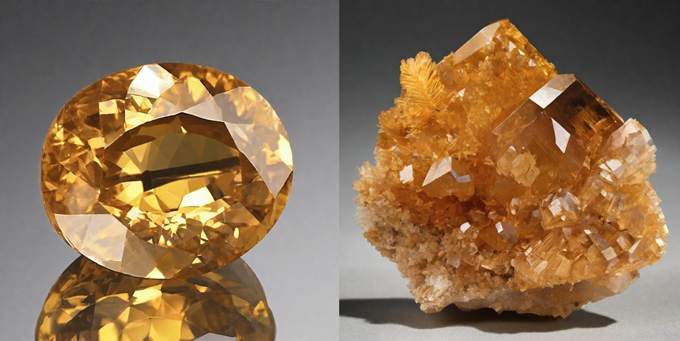
Golden topaz shimmers with sunny gold tones and brownish undertones reminiscent of amber gemstone. Within a single golden topaz, one may find gradients ranging from pale champagne to deep honey gold. And it often features subtle darker lines or spots. Additionally, the mellow warmth casts light like a dappled sunset. Golden topaz brings the radiance of liquid gold to the fingertips in an understated yet luxurious way. Its hues bring a quality of burnished luxury and solace while retaining an approachable liveliness befitting Topaz’s character.
Yellow Topaz
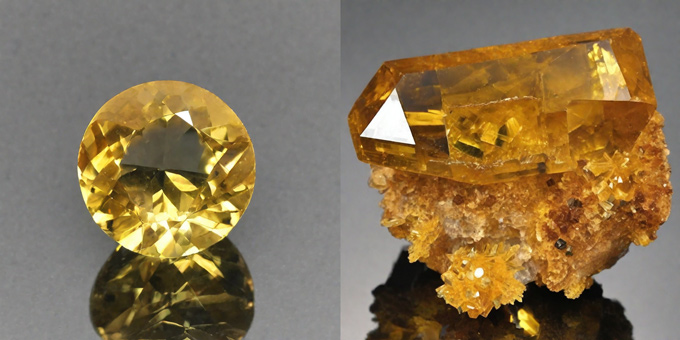
Yellow topaz perfectly captures the essence of sunshine in gem form with its vibrant hue. Specifically, its pure yellow varieties scintillate like golden buttercups dancing in a sunny meadow. Similarly, lighter yellow hues with lemon or honey tones also occur within this cheery color range. Besides, depending on the precise chemical composition, cool undertones may produce greenish-yellow shades, while oranges and browns yield warmer hues. Overall, it is chromium that provides the rich saturation of color yellow topaz is famous for, rendering even its palest variants cheerfully vivid like sunny spring flowers.
Orange Topaz
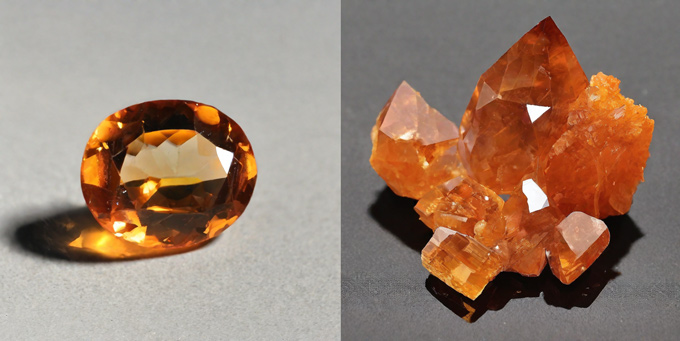
Orange topaz displays a wide spectrum of colorful tones, ranging from light coral to deep burnt orange hues. The gemstone’s chroma is influenced by varying concentrations of chromium and iron within the crystalline structure. Lighter shades often evoke images of peaches or dawn, while darker oranges may bring dusk or terra cotta clay to mind. Individual orange topaz stones showcase variations across this cheerful palette. Their shades differ from soft blushes to intensely saturated radiance depending on the precise mineral makeup of each gem.
Red Topaz
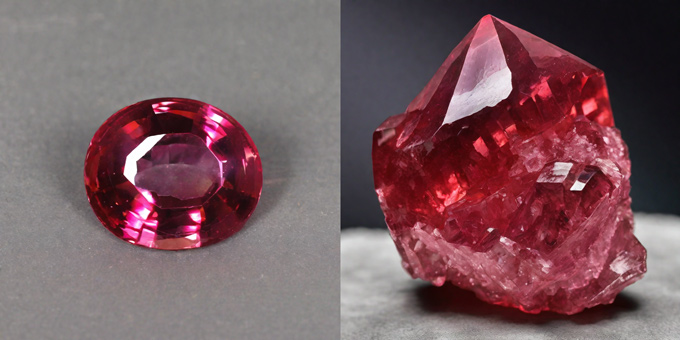
While the most commonly known varieties of topaz appear in light shades, red topaz stands out with its vivid jewel tones. Rare among gemstones, its striking color results from traces of manganese incorporated into the crystalline structure during formation. This imbues the crystals with richly saturated hues ranging from purplish-red to deep raspberry pink. Particularly, individual red topaz stones showcase nature’s variability, as swirls of color within a single gem introduce intriguing nuance. Depending on the concentration of manganese present, tones may lean more toward ruby-esque crimson or retain overtones of softer rose.


